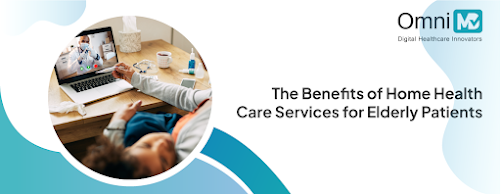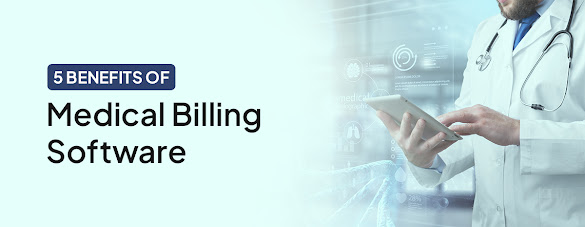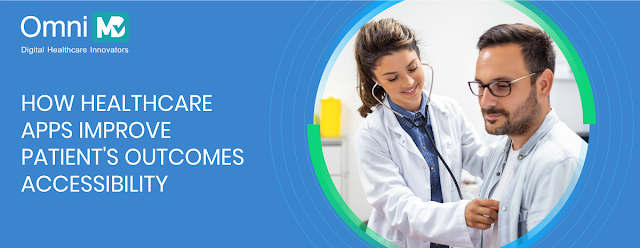The Future of Patient Care: A Look into Remote Patient Monitoring
Remote Patient Monitoring (RPM) is the use of the latest advances in information technology to monitor patients remotely. In this case, the patient is situated in a remote location. The patient doesn't need to travel to see a provider. Currently, this technology is utilized to monitor a wide range of conditions and helps improve the quality of life and reduce the chance of hospitalization. Besides managing acute and chronic conditions, it helps cut down on patient travel costs and the risk of infections.
Since the ability to monitor certain aspects of a patient's health is now possible and has become an increasingly popular telehealth option, this technology has seen considerable advances in recent times. It keeps a tab on various health data from patients and transmits the data to healthcare providers for further analysis. Healthcare providers then analyze the data and use several clinical decision-making techniques for further diagnosis and treatment.
RPM and Health Tracking Devices
Recently, wearables and other health-tracking devices have become extremely popular. Through these technological innovations, it has become possible for people to track their health information instantly. This has led to innovation and change in thinking by healthcare providers to introduce a convenient way to track patients' health using technological devices.
RPM and Telehealth
Remote Patient Monitoring in the Future
RPM devices are getting more innovative and affordable. Therefore, this industry is expected to grow exponentially in the next few years. Today, patients can receive more personalized treatment based on their medical history. They can also receive quicker access to healthcare due to the advanced technology embedded in these devices. Therefore, it can rightly be said that RPM has entered the mainstream of healthcare. In the post-pandemic scenario, the demand for virtual care is here to stay.
Further, remote monitoring and AI can reduce the chances of errors and reduce the gap between doctors and patients. According to the American Medical Association, 75% of all deaths in the USA occur due to chronic health conditions such as heart disease and diabetes. Additionally, one out of three adults suffer from multiple chronic health conditions around the globe. This has led to a quantum jump in the market for RPM.
Also, by 2025, the global RPM market will reach around $117.1 billion compared to $23.2 billion in 2020. Therefore, RPM, coupled with data analysis, AI, and machine learning, will automate most of the repetitive tasks that healthcare workers and practitioners routinely face while performing their duty.
The future of RPM in healthcare seems to be bright. The use of modern technologies in healthcare can save up to $700 billion in the next 15 to 20 years in the telehealth industry. This technology helps keep physicians' daily visits to the hospital and enables them to view electronic health records remotely from anywhere.
It is also expected to provide more significant benefits to chronic patients through reduced costs and better levels of attention. Additionally, this technology can help reduce the burden on healthcare systems at various organizational levels of the healthcare industry.
Patients living in rural areas can leverage Remote Patient Monitoring Services to get a quick and safe consultation with medical specialists. Patent waiting times can be reduced since the focus is improving patient care and satisfaction. Finally, RPM can help improve patient outcomes, and you can further boost your practice in the longer run.
Conclusion
The need of the hour is a healthcare service that is inexpensive and promotes a better continuum of health. Thus, RPM should be able to bridge this gap and provide reliable and authentic support to patients in the foreseeable future. We provide you with advanced RPM solutions that can improve your practice revenues and patient outcomes. Alternatively, contact us for a quick consultation today!




Comments
Post a Comment